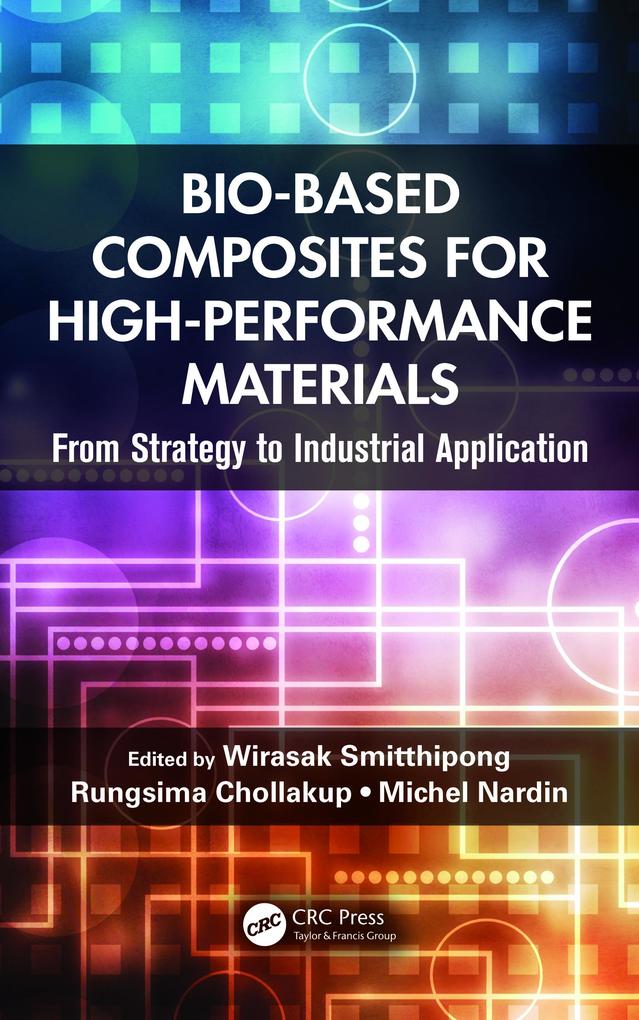
Sofort lieferbar (Download)
This timely text integrates disciplines such as materials science, polymer chemistry, plant science, chemical engineering, and nanotechnology to provide comprehensive coverage of the state of the art in bio-based composite materials. It discusses the raw materials used in bio-based composites, basic design principles, properties, applications, and life cycle assessments. The book also presents a strategic and policy-oriented view of these composites, addressing the competing needs of plants used for food versus plants used for sustainable feedstock.
Inhaltsverzeichnis
Bio-Based Composites: An Introduction. Bio-Based Strategy: Food and Non-Food Markets. Strategy of Bio-Based Resources: Material versus Energy. Bio-Inspired Materials. Natural Fiber Surface Treatments and Coupling Agents in Bio-Based Composites. Reinforcement of Polymers by Flax Fibers: Role of Interfaces. Effects of Reinforcing Fillers and Coupling Agents on Performances of Wood-Polymer Composites. Natural Fiber Polyolefin Composites: Processing, Melt Rheology, and Properties. Polysaccharide Bio-Based Composites: Nanofiber Fabrication and Application. Recent Advances in Cellulose Nanocomposites. Improvement of Damage Resilience of Composites. Lifetime Durability of Bio-Based Composites. Mechanical Properties of Natural Fiber-Reinforced Composites. Characterization and Strength Modeling of Laminated Bio-Based Composites. Micromechanical Modeling of Bio-Based Composites. Life Cycle Assessments of Bio-Based Composites: A Review. Bio-Based Composites: Future Trends and Environmental Aspects.
Produktdetails
Erscheinungsdatum
24. Oktober 2014
Sprache
englisch
Seitenanzahl
336
Herausgegeben von
Wirasak Smitthipong, Rungsima Chollakup, Michel Nardin
Verlag/Hersteller
Kopierschutz
mit Adobe-DRM-Kopierschutz
Produktart
EBOOK
Dateiformat
PDF
ISBN
9781482214499
Entdecken Sie mehr
Bewertungen
0 Bewertungen
Es wurden noch keine Bewertungen abgegeben. Schreiben Sie die erste Bewertung zu "Bio-Based Composites for High-Performance Materials" und helfen Sie damit anderen bei der Kaufentscheidung.







